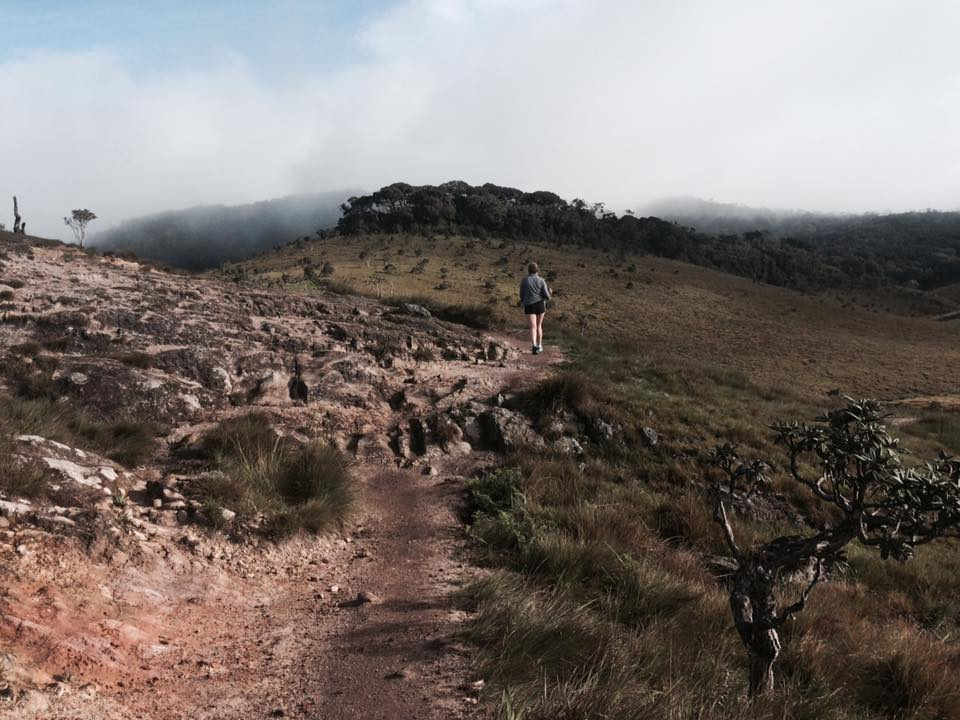Teresa Lynders is a 2017 graduate from the UConn School of Nursing. She recently traveled to Kandy, Sri Lanka, on a nursing internship to see the differences between healthcare in the U.S. and the developing world.
I wanted to do a rotation over the summer, so I started to investigate my options.
I came across Work the World, the organization that planned my rotation. They ticked all the right boxes, including destinations and rotation experience in a developing country. I was most interested in Sri Lanka, as some of my family had lived there in the past.
My first impressions of the hospital in Kandy were that it was big and bustling. I started with another girl from America, and we were introduced to the hospital coordinator. He was a member of hospital staff and gave us a short presentation about the hospital and about Sri Lanka. This really helped us settle in.
I spent my first week on the labor and delivery ward. The nurses there were helpful, explaining things as they were happening and walking us through certain procedures. Towards the end of the rotation, some of the local nurses took me to their cafeteria. This was outside the hospital grounds near where some of the young nurses lived. They bought me tea, and we chatted for some time. It was welcoming, and the opportunity really helped me connect with hospital staff.
While I was in the labor and delivery unit, I saw a vaginal delivery of a breech birth. It seemed to be a rare event for the staff, many of whom were gathered around the young mother. They didn’t use much pain medication, had no IV and, from what I could tell, didn’t have a fetal heart monitor. It was eye-opening and really interesting to see the nurses take a step back during the birth itself. This meant that the doctors really had to take charge of the situation.
The whole birthing process was generally quite quick. A laboring mom-to-be would come in only when she was ready to give birth. I got the impression that the goal was to make sure the baby came out quickly and safely, and then move the mother on.
I think one of the reasons for this haste was that there were just so many patients. Compared to hospitals in America, the teaching hospital in Sri Lanka had a significantly higher daily patient number.
Thanks to living in a shared house, I became close friends with medical, nursing, and dentistry students from England, Ireland, France, Scotland, Canada, and the U.S. We traveled together on the weekends and explored the city of Kandy on weekday afternoons.
Ten of us spent a weekend at the beaches in Trincomalee, snorkeling and swimming in the Bay of Bengal. I spent another weekend trip traveling to Ella, taking the famous train journey through tea plantations, then hiking Little Adams Peak and Worlds End (located within Horton Plains National Park). We spent another weekend in Colombo — the capital of Sri Lanka — exploring the bustling city.
When I came back to the States, I still had another year at the University of Connecticut. I saw things differently when I came back and approached my final year with more of a global perspective of the different aspects of healthcare.
I remember noticing just how many things we have in the States that the Sri Lankan hospitals didn’t have. But there were also things in Sri Lanka that we don’t have in the States. Going to Sri Lanka totally changed my perspective.
After graduating, I worked in a hospital on a telemetry floor. My role was giving care to patients with strokes, heart attacks, GI bleeds, and alcohol withdrawal. I am now traveling to New York City to live and work in a hospital there.
I was 20 when I went to Sri Lanka. It was a big deal for me to go on my own for five weeks to somewhere I didn’t know with people I didn’t know. It was a huge learning experience for me — to be that independent and embrace being nervous about taking a big leap of faith in myself.
I overcame language barriers, examined alternative techniques for patient care, and embraced a diverse and culturally rich environment.



